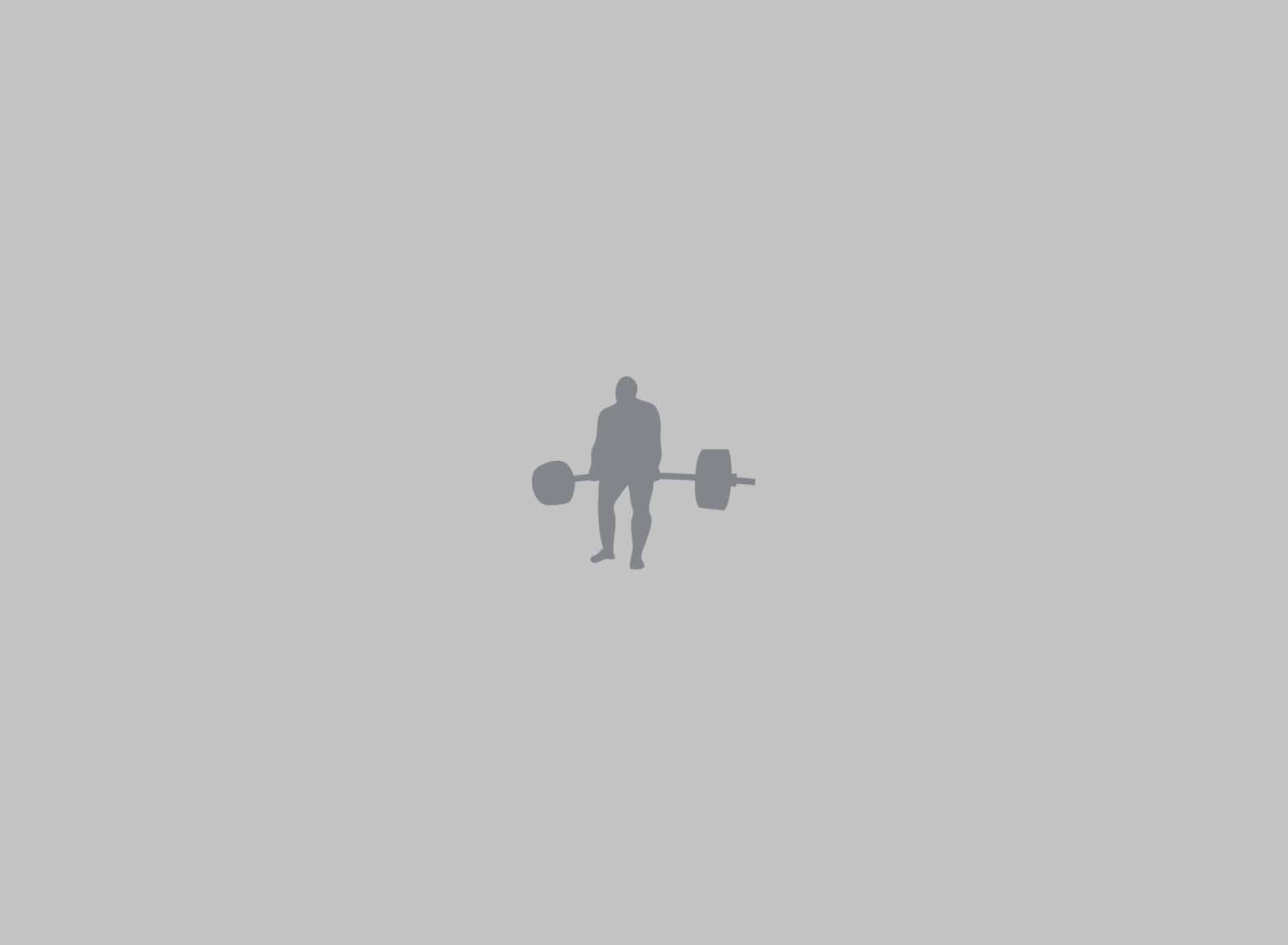Written by Dr. Layne Norton
Read This First: Fat Loss for Powerlifting-Part 1
I see them. Every day I see them. They are on the stepmill, or the treadmill, or the elliptical. They are slaving away through 40-60 minutes of sweat dripping cardio in order to make weight for their next meet. Some of them are concerned about muscle & strength loss, so they really dial down the intensity and go for longer but with less intensity.
Both of these approaches SUCK. That’s right, you are doing it wrong. Let’s get one thing straight, cardio is NEVER beneficial for optimal strength. There is almost a linear interference with cardio on strength & hypertrophy (1). This interference is also proportional to the duration of the cardio exercise (yes I’m looking at you Mr. Low Intensity for an hour). So what’s optimal for cardio? Well quite frankly… NONE.
BUUUUUUUUUUUUT LAYNE!!!!! I have to drop 20 lbs for my next meet! I can hear you saying it already. Well as we discussed in my previous article, perhaps that weight class isn’t for you. That said, some people are very close to a weight class, and might have to do some cardio in order to get that last little bit of fat/weight off. So if you are ok with a small amount of strength impairment in order to get that last little bit of fat off, we can talk about what cardio might be better for powerlifting.
First, the modality of cardio matters. Meaning treadmill vs. stepmill vs. bike, etc makes a difference. Research has shown that walking or jogging was significantly worse than cycling on a bike for maintaining strength & hypertrophy when combined with weight training (1). This is also in line with data that compared cycling with incline walking on a treadmill (a very common cardio practice in bodybuilding community) and found that cycling was significantly better for achieving hypertrophy when combined with resistance training compared to incline treadmill walking (2). The researchers concluded that the differences observed here were likely due to the fact cycling requires more hip flexion and multi-joint activation of muscles involved in exercises like squats and leg presses compared to endurance running and walking which are not similar movements to any leg exercises that produce muscular hypertrophy. Indeed, the analysis concluded that the effects of cardio on strength and hypertrophy are body part specific. That is, lower body cardio did not have negative effects on hypertrophy and strength development of upper body parts. Additionally, it has been demonstrated that rowers who added high intensity resistance training (with rows) to their protocol had similar strength and hypertrophy gains compared to a group of non-rowers who followed the same resistance training protocol (3). Therefore, in terms of the best types of cardio, it appears that one should use cardio equipment that most closely mimics movements performed during resistance training. Therefore, one might conclude that optimal cardio for powerlifting might simply involve doing a light weight on squats or bench press for speed and short rest periods, but there isn’t much research on that topic just yet.
Intensity and duration of cardio are also important for reducing strength loss with cardio. demonstrated that the longer the bout of cardio was, the greater the impairment of strength and hypertrophy. Interestingly, they found that short, high intensity bouts of cardio like repeated sprinting actually had no negative impact on strength and hypertrophy development. This is most likely due to the increased hip flexion as discussed above and because high intensity sprinting or cycling causes your muscles to make high velocity contractions, activating fast twitch muscle fibers compared to endurance cardio work which most likely will not activate the large fast twitch muscle fibers. Perhaps even more interesting was that further analysis of the literature on cardio demonstrated that not only was short duration, high intensity cardio better for strength and hypertrophy, it was also superior for fat loss (1). In fact, research has previously shown that 4-6 30 second sprints were superior for fat loss than an hour of incline treadmill walking (4)! Talk about fat loss bang for your cardio buck!
Now I know some of the ‘bros’ out there will scoff at me and say ‘whatever nerd, I don’t care what any research says.’ Maybe you don’t, but go down and watch the next track meet that is close to you. Tell me, who has bigger legs, the endurance runners or the sprinters?
So to break it down:
Best case: No cardio
Slightly worse: high intensity cardio using fast lifting or sprints/cycling or possible weighted cardio like sled drags
Worst case: Long, slow cardio with no hip flexion.
If you are doing the latter, you need to realize that while you may be strong, you could be much STRONGER by optimizing your cardio regiment.
Related Articles
The Laws of Optimizing Body Composition
Fat Loss for Powerlifting – Part 1
Fat Loss for Powerlifting – Part 3
References
1) Wilson JM, Marin PJ, Rhea MR, Wilson SM, Loenneke JP, Anderson JC. Concurrent training: A Meta-Analysis examining interference of aerobic and resistance exercises. J Strength Cond Res. 2011.
2) Gergley JC. Comparison of two lower-body modes of endurance training on lower-body strength development while concurrently training. J Strength Cond Res. 2009 (3):979-87.
3) Bell, GJ, Petersen, SR, Wessel, J, Bagnall, K, and Quinney, HA. Physiological adaptations to concurrent endurance training and low velocity resistance training. Int J Sports Med 12: 384–390, 1991
4) Macpherson RE, Hazell TJ, Olver TD, Paterson DH, Lemon PW. Run Sprint Interval Training Improves Aerobic Performance but Not Max Cardiac Output. Med Sci Sports Exerc. 2010 May 13.




































